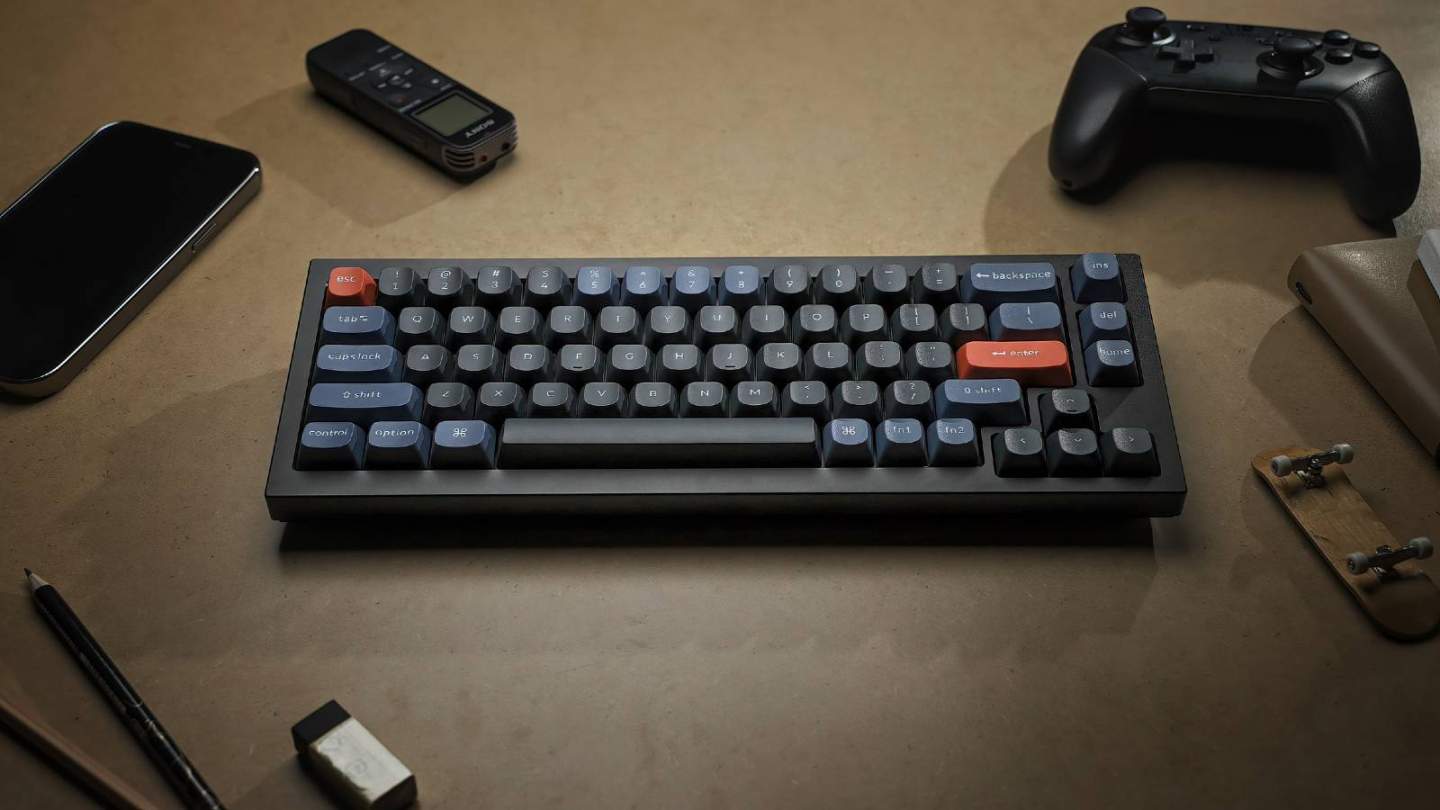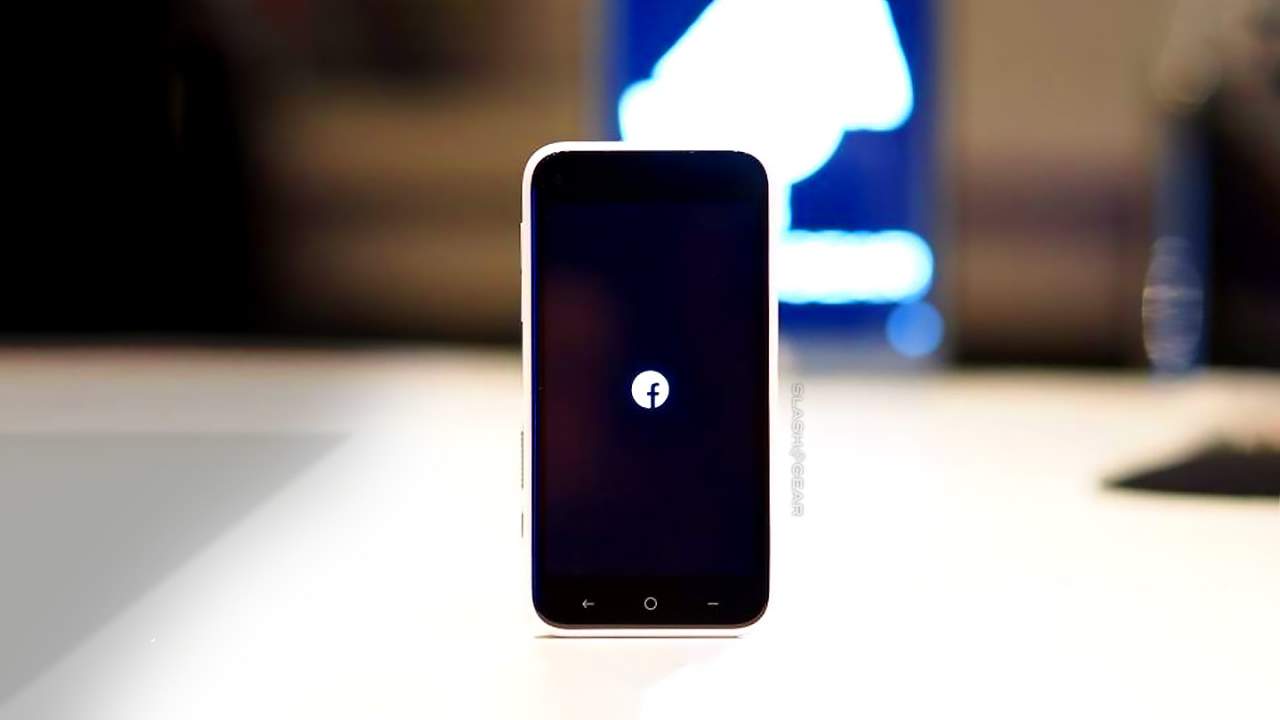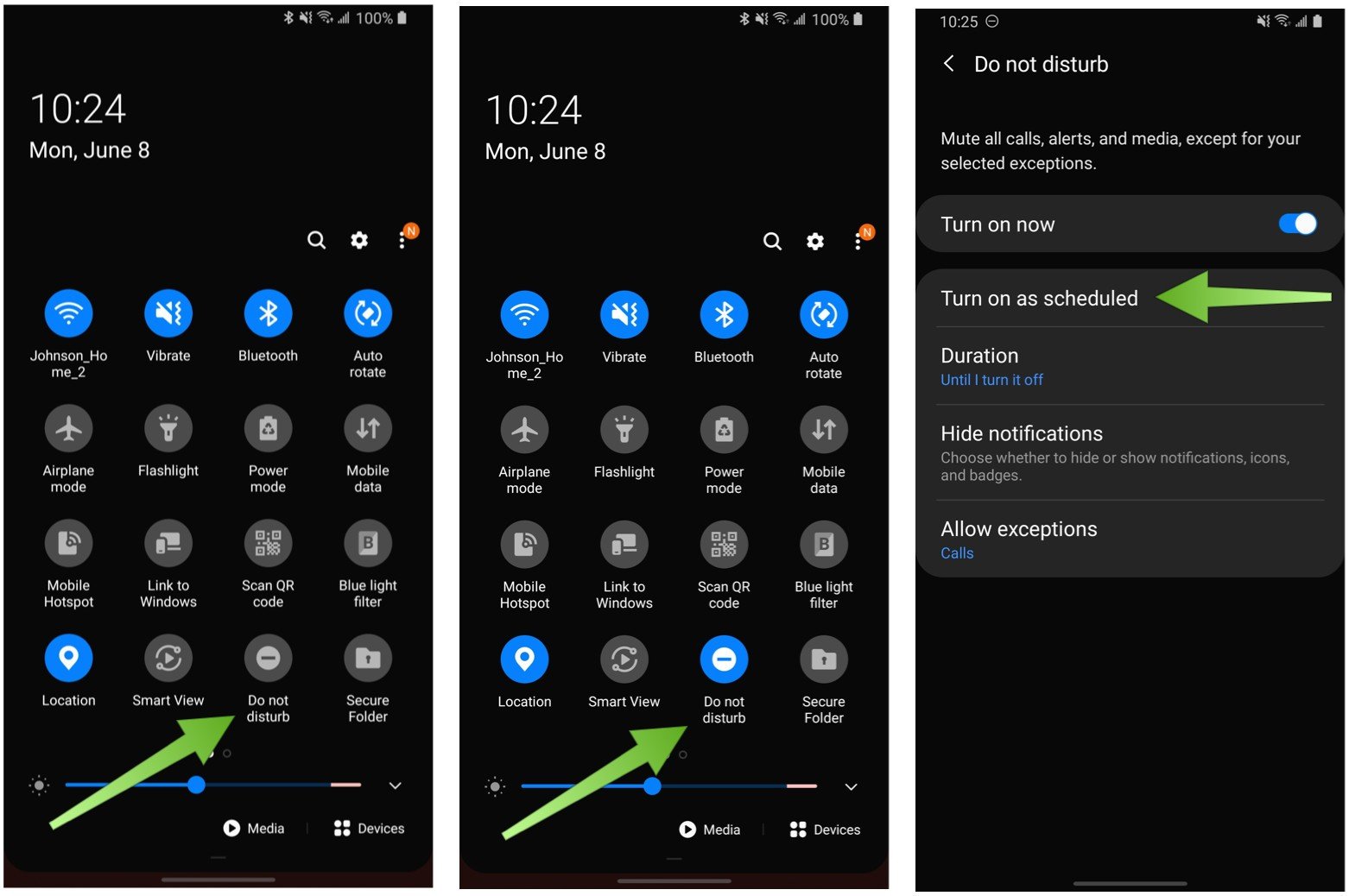iMessage, RCS, and the curse of green bubbles: iPhone and Android messaging is broken
Imessage Apple has been in the center of many public debates for years for different bubble messages. If you receive a text message from another Apple device, the iPessage application on the iPhone, iPad, and Mac shows the message received in a blue bubble while it appears in green if sent from a non-apple device, such as an Android phone, like an Android phone, like a cellphone Android.
The past reports have shown that blue bubbles are often seen as status symbols, creating cracks between Apple and non-Apple users – especially among young people. Users with green bubbles have experienced snarky comments, ridicule among friends and family, and even intimidation at school (via WSJ). As a result, we see many users turning to the iPhone to avoid social aliensions. This phenomenon is very common in countries like the US where users are very dependent on SMS for communication instead of instant messaging applications such as WhatsApp or Telegram.
What makes iMessage irreplaceable?
It is not because of exclusivity that iMessage is so popular – its popularity is supported by some great features. Imessage allows synchronization of messages on all devices related to one Apple ID, equipped with a reading receipt, typing warning, emoji support, message reaction, and all of this is not taken into account on the SMS limit – if there is – enforced by cellular service operators.
To match this feature, Google introduces support for RCS – or rich communication services, which is a messaging protocol that uses an internet connection to support almost all the imessage features we mentioned above. However, unlike iMessage, RCS is not limited or controlled by any telephone brand, and therefore is available for wider use.
RCS has been positioned as the successor to SMS and MMS since its introduction for a decade ago. The original RCS initiative was “formed by a group of leading industrial players” in 2007 and in 2008 the RCS director committee was created by GSMA (through GSMA). However, this service is quite a lot in limbo because of the incompatibility between different operators – and perhaps their lack of intention to implement a smooth communication channel that connects various joint operators.
RCS and Google Messages may still lack iMessage offers
Although some Samsung phones support RCS since at least 2015 (via RCR wireless), the protocol gets a big boost at the end of the year when Google acquires Jibe Mobile (through TechCrunch), a company that offers back-end services to the operator. Over the years, Google spends efforts to work on messaging features called chat, which offers RCS-based messages.
In 2018, Samsung also extended its support to allow non-limited RCS messages between the message of the message itself and Google’s message. In 2019, the feature finally joined Google’s message – which (supposed) default messaging application on the Android smart phone – and activated RCS for some users in the US.
Related Posts

Keychron Q2 aims to be the perfect starter mechanical keyboard

Why the HTC Facebook phone ultimately failed

